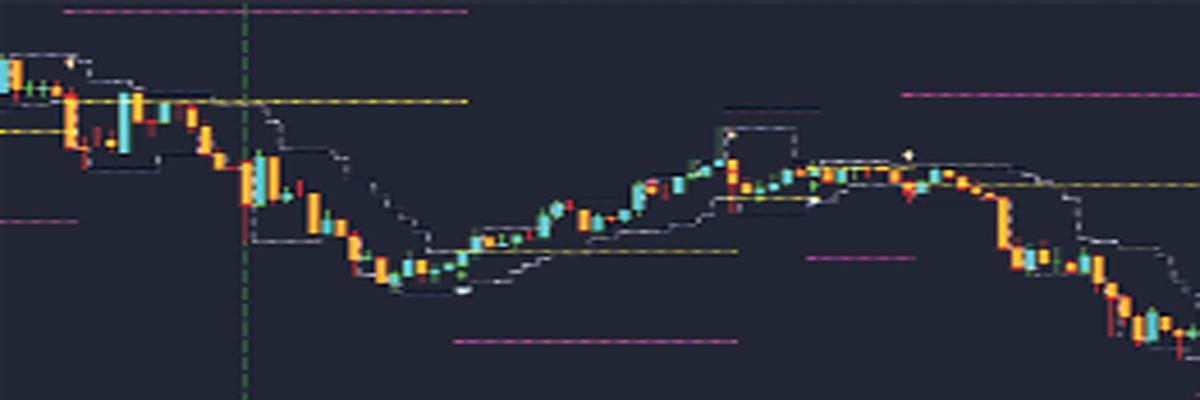Understanding gap-up and gap-down

Have you ever wondered why a stock doesn’t open sometimes at the previous day’s price? At times it opens at a price which is either higher or lower than the previous day. There is a gap between the closing price of the previous day and the opening price of the successive day. The word gap explains common price behaviour of a stock. There are two common price behaviours which are gap-up opening and gap-down opening. A gap on a daily chart is reflected when the stock closes at one price but opens on the following day at a different price.
Gap-up opening
Sometimes investors are enthusiastic to buy stocks at a price higher than the previous day’s close because of which the stock opens directly above the previous day’s close. For example, let us assume the closing price of a stock X was Rs 200 on Monday. Let us assume that the quarterly results were announced after the market was closed and the results were positive.
The profits of the company encourage the buyers to invest more. This enthusiasm would lead to stock price jumping to Rs 205 directly. This indicates that there is no trading activity between Rs 200 and Rs 205 and the stock jumped directly to Rs 205. This is called a gap-up opening and it reflects bullish sentiment.
Gap-down opening
A gap-down opening shows the enthusiasm of the bears. The bears are eager to sell at a price lower than the previous day’s close. In the example stated above if the quarterly results were poor, the investor would be willing to get rid of the stock and market may open at Rs 195. So, there may not be trading activity between Rs 195 and 200 and yet the stock falls to Rs 195. So, gap-down portrays a bearish sentiment.
An understanding of these two terms helps us in the analysis of technical chart. It throws an insight into the understanding of candle stick patterns (The author is a homemaker who dabbles in stock market investments in free time)

